Start 14-Day Trial Subscription
*No credit card required
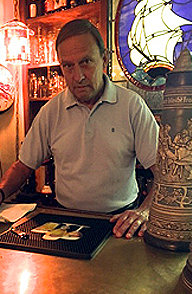
18 Beers For Wine Lovers
Thanks to the craft beer movement and the proliferation of new breweries and beer styles, many fascinating beers of all styles are available to drinkers locally, whereas before, wine was the choice of discerning drinkers nationwide.
Beer and wine are as old as civilization and represent the majority of fermented potables; however, the latter has historically been treated with higher regard. So why can beer, which for so long has been put in a secondary position to wine, now be considered its equivalent? One reason is aging.
With many breweries advertising freshness in their beers accentuated with "born on" dating displayed on the bottle and cans, it would seem that aging − a precursor to craft beer’s nemesis, oxidation − would be a detriment to beer quality. While this may be true in certain lower-gravity beer styles, it is not necessarily the case with higher-ABV brews.
Aging in both beer and wine equals complexity. Since alcohol is a preservative, beers with higher alcohol levels (8% or more) are often used for vintage styles. Complexity develops during maturation in casks and in bottle-conditioned renditions as the alcohol mellows to create a sweetness reminiscent of caramel and sherry. These characteristics then meld with the fruity esters created as a byproduct of fermentation from select ale yeast strains.
In the spontaneously fermented group of Lambic-style beers (Gueuze, Kriek, Faro, Framboise, Peche) made famous in Belgium and comprising part of the beers listed below, a lactic bacteria and wild yeast fermentation takes place at traditional alcohol levels in oak casks. During the approximate two-year maturation process, the beer rounds out as the acidity softens and blends with the other ingredients. The body also thins out to a wine-like consistency as the result of proteins being reduced over the long period of exposure to its nontraditional ferment.
Below are eighteen beers that will please the palate of even the most discerning wine drinker. Heavily hopped styles (such as IPAs, DIPAs and Pale Ales) have been avoided, since hop bitterness is something generally absent in wine and not at all appreciated by wine lovers. The beers are rated from 1-18 with one being the foremost.
1. Rodenbach Vintage 2015 – Read Official Review
This is a truly world-class beer and can be enjoyed by both wine and beer connoisseurs. The beer pours a reddish-brown color that is mostly clear and supports an off-white head. There is no blending of old and new beer with Vintage 2015, as the entire beer is aged in barrels for at least two years. During the aging process, bacteria residing in the barrels leeches into the beer to create a partial lactic ferment, which when married with cherry notes, malt and Brouwerij Rodenbach’s famous multi-strain yeast, results in a deliciously tart and refreshing brew. I have shared Vintage 2015 with dyed-in-the-wool wine drinkers who acknowledged its wine-like qualities and unabashed excellence and have compared it to a Lambrusco di Sorbara with its tangy acidity and tart dry finish.
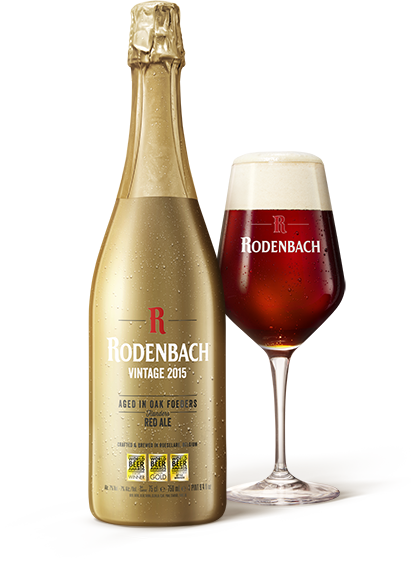
2. Westvleteren 12
Here is a beer well known to beer lovers all over the world. Brewed at the Trappist abbey of Saint Sixtus in Vieteren, Belgium, starting in 1838, it has been rated in many surveys as the best beer in the world. As is the case with most quality beers, complexity is the key to its success. It is deep mahogany in appearance with an off-white head that fades to leave a thin blanket of foam. The flavor is of dark fruits with rich malt overtones and a distinctive bready character that sets it apart from other beers. One of the beguiling facets of Westvleteren 12 is how well the high alcohol level (10.2 percent) is integrated. Although difficult to find and a tad pricey, this brew will not disappoint.
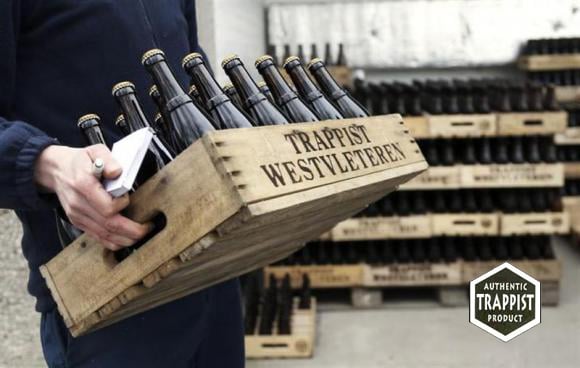
3. Allagash Interlude
Allagash Brewing Co. in Portland, Maine, specializes in Belgian-style ales, and with Interlude, has created a beer for wine and beer connoisseurs alike. It approaches wine levels in alcoholic strength at 10.6 percent ABV and is aged in large oak barrels previously used for red wine. Fermented with a strain of native Brettanomyces, the beer is tart, fruity and vinous with oak, caramel and bready wheat flavors that meld together into an immensely blended complexity not found elsewhere. The red wine flavor is dominant as tannins from the barrel-aging component leech out into the beer. Allagash Interlude is an obvious choice to pique the interest of wine lovers who would like to experiment with beer.
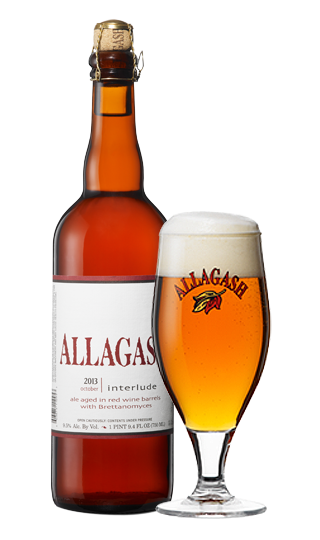
4. Cantillon Grand Cru Bruocsella
Brasserie Cantillon located in Brussels, Belgium, has its own rendition of Lambic through its Grand Cru Bruocsella. Founded in 1900, they are the self-appointed guardian of the style by means of its beer museum and brewery in downtown Brussels. Grand Cru Bruocsella has been referred to as “the missing link between wine and beer” and often compared to a French Chardonnay. Aged three years in oak barrels, it develops a soft, dry character that is lightly phenolic, cheesy and pungent. There is virtually no carbonation or head manifested, which contributes to its wine-like comparison. Less alcohol than most wines at 5 percent ABV, this is a beer that comes as close to wine as is possible without the use of grapes.
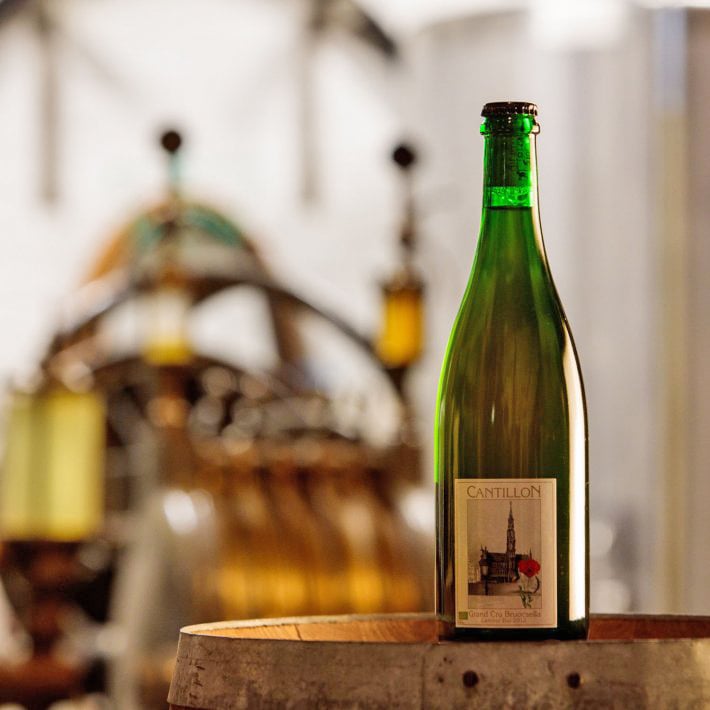
5. St. Bernardus Abt 12 – Read Official Review
This is an Abbey beer from the monks of St Bernardus in Watou, Belgium. Like many other Trappist ales, St. Bernardus Abt 12 is malt-accented, dark brown in color with a mocha head, and has a velvety smooth body enriched by a well-concealed infusion of alcohol at 10 percent ABV. The aroma has a biscuity bouquet that works well with the fruity esters and firmly stated dark malts. The flavor is reminiscent of liquid bread blended with chocolate malt and hints of dates, raisins and other dark fruits. The lower acidity and rich full flavors expressed in Abt 12, along with the aforementioned higher alcohol levels, suggest it is comparable to a fine Merlot. Simply put, this is a delicious beer that should be investigated by all that enjoy a quality alcoholic beverage.
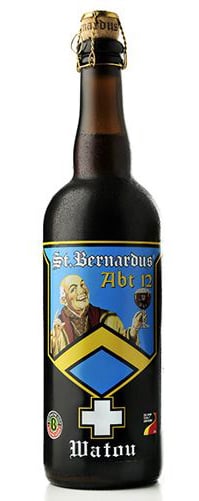
6. Westmalle Tripel
The Trappist abbey in Westmalle is the first producer of the Belgian Tripel and many feel it to be the best rendition of that Belgian style. This is a hazy golden ale with a thick foamy head that holds up for a long time. The aroma and flavor are both distinctively rich and characterized by spicy Belgian yeast notes, banana esters and an overall sweetness derived from pale candy sugar and Pilsner malt. These beers are re-yeasted and then bottle conditioned with an ABV of 9.5 percent, which is well hidden. If you have ever enjoyed a German Gewurztraminer and never had a Belgian Tripel, this would be a good one to start with.

7. Liefmans Goudenband
Liefmans out of Oudenaarde, Belgium, rewards us with another classic oak-aged ale. Goudenband (Golden band) is a blend of mature and younger beers, which is cellared for up to 12 months before being bottled and topped off with a champagne cork. It is dark mahogany in color with a medium head that fades quickly and a fruity aroma redolent of sour dark cherries. The taste is more assertive than the aroma with notes of aged fruit that meld nicely with oak, caramel malt and a firm alcoholic warming. The dark fruity complexities of Goudenband has many similarities to a Red Zinfandel and like a fine wine, this wonderful brew improves over time within the bottle.
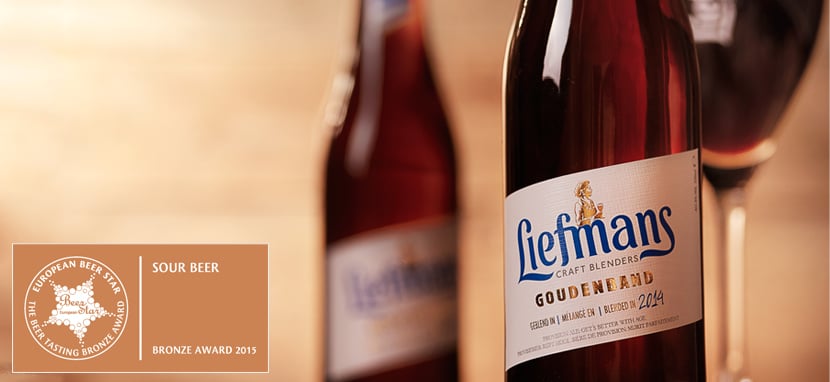
8. Timmerman’s Faro
Timmerman’s Faro Lambic is a blend of old and young Lambics with candy sugar added to cut down on the acidic nature of this spontaneously fermented beer. Amber in color, it is brilliantly clear with a low white head and light in ABV at 4 percent. The aroma is sweet and cider-like with just a bit of sourness. The cider-like notes in the aroma have more of a green apple character in the flavor, yet are dominated by a sugary sweetness. Bottled renditions are pasteurized in order to maintain balance by preventing sugars from fermenting out. Those whoh enjoy a dessert wine may find Timmerman’s Faro an interesting alternative.

9. Oude Geuze Boon – Read Official Review
Oude Geuze Boon is a blend of mature and younger Lambics that melds a balance of flavors between old and new. Aged for up to three years and naturally fermented, this Lambic beer has a world of complexity. Acidic, lemony flavors dominate, with other fruity esters mixing and quickly being followed by subtle oak and leathery notes that are often associated with wild yeast fermentation. Oude Geuze Boon is well-attenuated and finishes like a dry wine. A fine representation of yet another fermented malt beverage for wine lovers.

10. Saison Dupont – Read Official Review
The Dupont brewery located in Tourpes, Belgium (the French-speaking section of Belgium), gives us their flagship beer, Saison Dupont. Often referred to as a farmhouse beer, it was traditionally brewed in the winter for farmworkers’ consumption in the spring. Originally a lower-gravity beer, today’s renditions are more robust with Saison Dupont coming in at 6.5 percent ABV. It's a hazy, amber-colored ale with a full, bright head and a complexity of flavors. Dupont’s distinctive multi-strain yeast produces a fruity, peppery character with notes of cloves and a unique spiciness, while its extra crisp carbonation is champagne-like and leads into a decidedly dry finish.
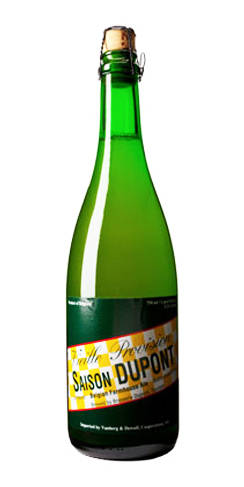
11. Allagash White – Read Official Review
This crowd pleaser from Allagash is made in the tradition of Belgian Witbiers. Allagash White is turbid and pale yellow in color, and the aroma and flavor – which mirror each other in every respect – are zesty and refreshing. The grain bill is comprised of barley, oats, and both raw and malted wheat, which support a somewhat thin-bodied beer with a citrusy orange flavor that marries nicely with the light, spicy yeast phenols and esters. If you have tried and enjoyed Gruet Demi-Sec you should sample an Allagash White.

12. Lindemans Framboise
Another example of the Lambic style is brought to us by the Lindemans brewery of Vlezenbeek, Belgium. Lindemans has been making Lambics since 1822 and is well known for its Framboise. This is a low-gravity, highly effervescent and refreshing beer brewed with raspberries, stevia, wheat (30%) and barley (70%). It pours a dark burgundy with a pinkish head, and delivers a sweet and sour flavor with a somewhat fruity and acidic character along with a crisp, dry finish. A flavorful alternative to wine and a style to induce wine drinkers to explore beer.

13. Boon Kriek Lambic – Read Official Review
Brouwerij Boon out of Belgium, the home of the Lambic, brings us a fine example of the Kriek (Flemish for cherry) version of this style. Ruby red in color with a pink-tinged head, the aroma is slightly tart and mixes well with the macerated cherries grown from the brewery’s own orchard. The flavor has a slightly sour cherry character and an almond-like dryness from the cherry pit. Barley malt and unmalted wheat used in the grist are mostly complementary. Lovers of a good Midwestern cherry wine should consider Brouwerij Boon’s Kriek as an alternative.

14. Smuttynose Wheat Wine
Smuttynose Brewing Co. in Hampton, New Hampshire, has created a two-time Great American Beer Festival gold medal winner with this beer. Pouring a pale golden color with a medium white head, this brew expresses a somewhat unexpected distinct alcoholic warming (at 11.9% ABV) as the result of the hybridizing of American Barleywine with American Wheat Beer, and was the first of its kind on the market. The flavor is a blend of wheat and darker specialty malts with notes of dried fruits, oak and herbaceous hops that are complementary and do not offend. This is a rich, hearty ale that will tickle the fancy of aficionados of the northern Italian red wines.
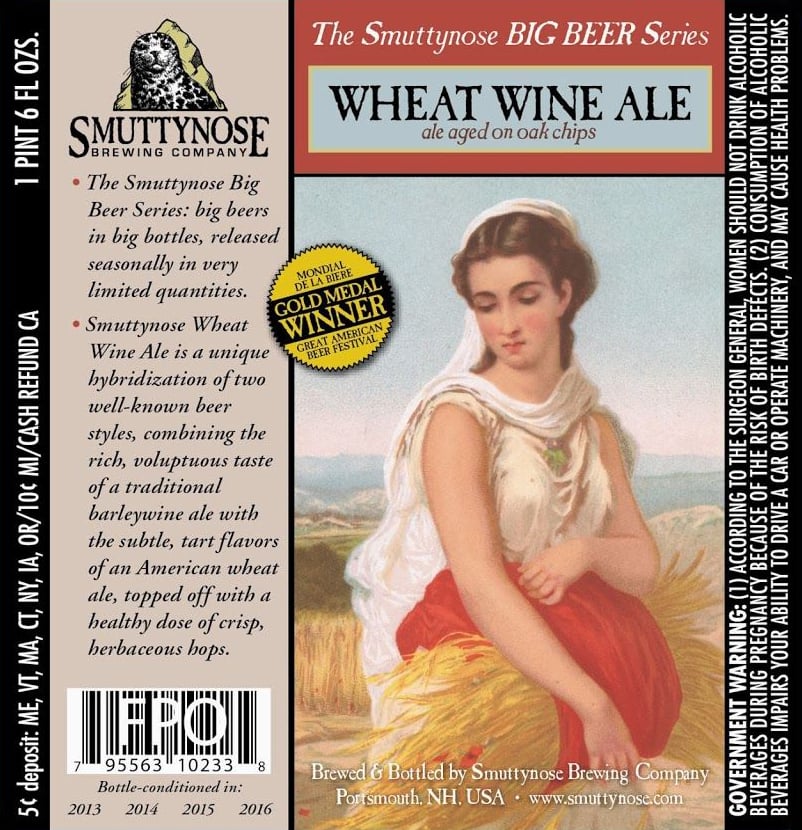
15. Duvel
No elaborate name designed to impress, just the single appellation Duvel, a Dutch name meaning devil. Duvel is aptly named in that it is a very deceptive beer manifesting a big, white, frothy head and an innocent pale yellow hue; however, the drinker is unexpectedly surprised by the firm smack of alcoholic warmth delivered by this benign-looking brew. The flavor profile is spicy and vinous with light fruitiness that compares favorably to a Pinot Grigio. High levels of carbonation buoyed by bottle-conditioning help deliver a potpourri of aromas to the nostrils. A devilishly well-crafted beer that can be enjoyed by all.

16. Berliner Kindl Weiss
Berliner Kindl Weiss is a wheat beer brewed as the name would indicate in Berlin, Germany. This is a different beer. It is thin in body and very low in alcohol at about 3 percent ABV. If there is a true champagne of beers (as in, not the bland and unassuming Miller High Life) this would be it. Highly carbonated, thirst-quenching and crisp with a light, fruity, lemon-like aroma and flavor, it is enjoyed mostly in summer. It is traditionally served in a chalice with woodruff or raspberry syrup added in order to balance out its tart character.
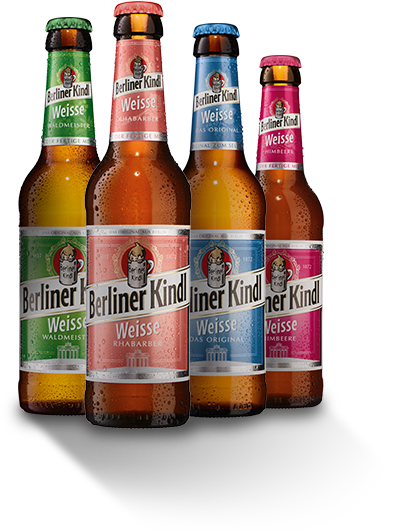
17. Timmermans Peche Lambic
The Timmermans brewery, located in Belgium, has been in existence from 1702. They are known worldwide for their Lambics, which are spontaneously fermented on brewery rooftops by miracle microorganisms in the Senne Valley – the only place where such indigenous bacterial flora exist. This lovely brew is very fruity in both aroma and flavor, displaying a medium-gold color with a firm sweet peach piquancy and hints of malted wheat along with a very slight bitterness from the peach skins. A light, refreshing, somewhat sour beer with an ABV of only 4 percent is one that might be enjoyed by peach Moscato lovers.
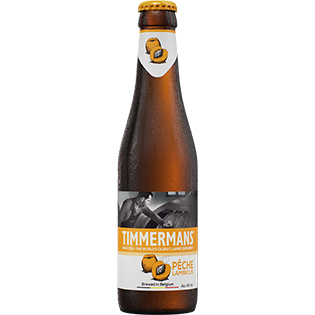
18. Gaffel Kölsch
Gaffel Kölsch is brewed out of Cologne, Germany, the home of the style where the appellation Kölsch is strictly controlled. Gaffel is a delicate beer, pale in color and very clear with a robust head, and is one of the few ales brewed in lager-heavy Germany. The flavor profile manifests a balance of lightly sweet barley malt incorporated with the grainy sweetness of wheat and a touch of fruitiness, with faint wine-like notes that follow to a dry finish. Gaffel Kölsch would be a good match for wine lovers who appreciate a dry Sauvignon Blanc – although this brew has a somewhat lower alcohol content at 4.8 percent ABV.
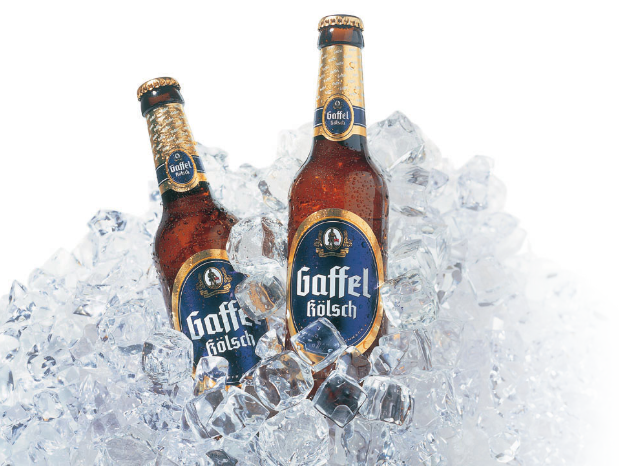



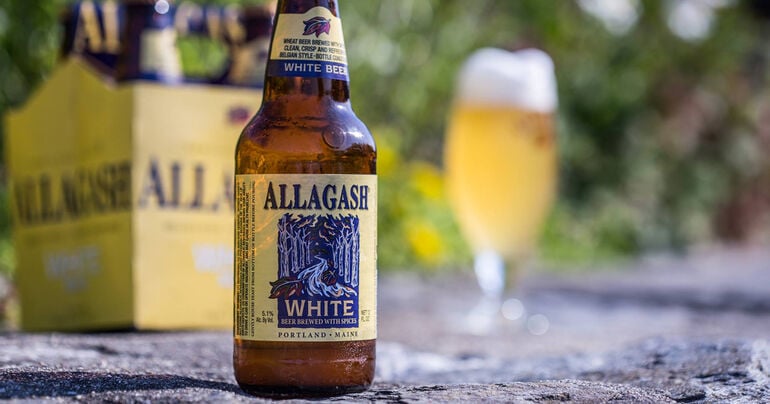
Comments